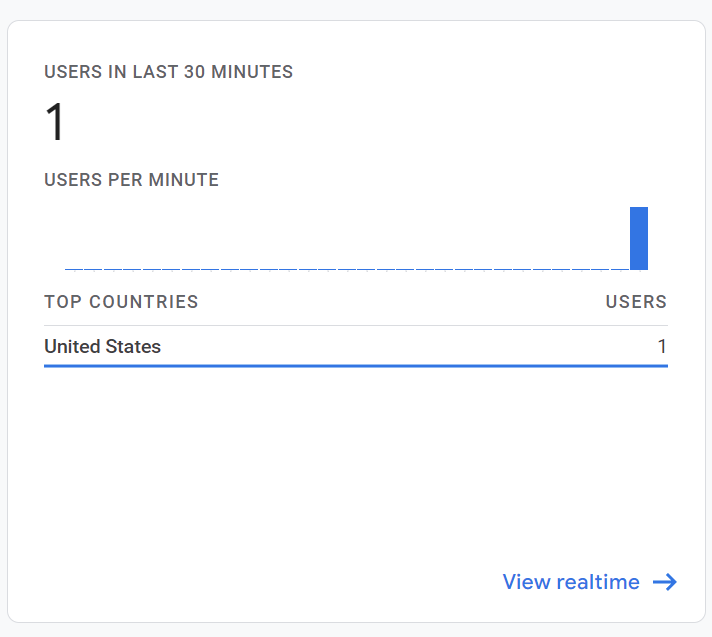Essay - Published: 2022.05.29 | google-analytics | svelte | sveltekit |
DISCLOSURE: If you buy through affiliate links, I may earn a small commission. (disclosures)
Google Analytics provides visibility into how visitors interact with your website. In this post, we're going to show you how to integrate Google Analytics into your website built with SvelteKit.
Note: SvelteKit is my pick for Best Frontend Framework in 2022.
_Update 2022-10-11: This post has been updated to reflect SvelteKit's updated public api, namely template files being renamed from _FILE to +FILE.
Google Analytics gives you insights into how visitors use your website. The way it works is:
GA uses a "Measurement ID" to identify which website is logging the data / how it should aggregate that data. So we need our Measurement ID before we can fully integrate with GA.
To find your Measurement ID:
Admin > Data Streams then select the target Data StreamMEASUREMENT ID field with your ID - something like G-ABCD123Hold onto this Measurement ID -> we'll be using it later.
Note: Setting up a Google Analytics account and property is out of scope of this post but there's a lot of good documentation out there to use.
Now that we have a way to tell Google who we are and how we want them to aggregate our data, we need to actually send them data.
The first step is to download the Google Analytics library into our site. We can do this using +layout.svelte and the svelte:head element.
// +layout.svelte
<svelte:head>
<script async src="https://www.googletagmanager.com/gtag/js"></script>
</svelte:head>
+layout.svelte is the base template that every other page in this route will use. Putting GA here will enable us to use it in every page in our SvelteKit site.svelte:head is a special element in Svelte which allows us to target the output HTML's head tag which is useful for us when downloading external libraries.Now that we have the library in our site, we need to configure it with the Measurement ID we retrieved earlier and log our data to it. We can put this in a script tag inside +layout.svelte so that it logs on every page load.
// +layout.svelte
<script>
try {
if(typeof window !== 'undefined'
&& window) {
const googleAnalyticsId = 'YOUR_MEASUREMENT_ID_HERE'
window.dataLayer = window.dataLayer || [];
function gtag(){window.dataLayer.push(arguments);}
gtag('js', new Date());
gtag('config', googleAnalyticsId);
}
} catch(error) {
console.error("Failed to initialize Analytics")
}
</script>
window - We are checking for window here so we don't fail in the case of SSR (Server-Side Rendering).Updates: 2022-10-07 - Wrap analytics calling code in try / catch to fail gracefully.
Now that all our code is in place, we should validate that it's actually working! The best way to do this is through an E2E test of this functionality.
To validate your site's Google Analytics integration:
Reports pageIf it's working, you should see Users in Last 30 Minutes > 0.
Here's an example of what a working integration would look like:
 Google Analytics screenshot with a current viewer
Google Analytics screenshot with a current viewer
The best way to support my work is to like / comment / share for the algorithm and subscribe for future updates.